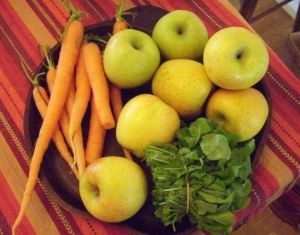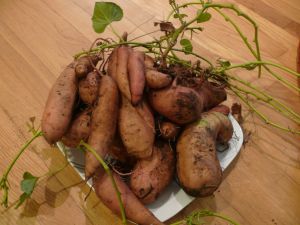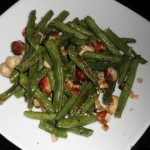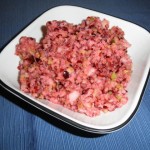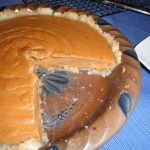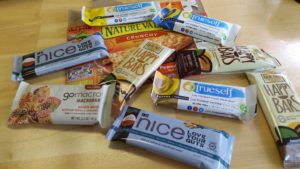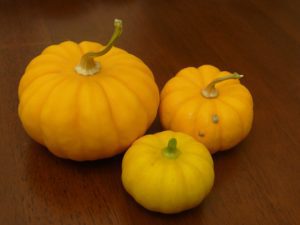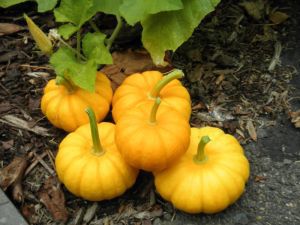Happy almost Halloween!
First things first: if you’re getting Halloween candy, make sure you’re checking the gluten-free status. Many brands that are typically gluten-free have special versions of holiday candy with different ingredients, which can include gluten, or other allergens.Celiac Disease Foundation has a great list with gluten and other allergen info listed.
Simply Gluten-free has a list of candy out, too.
But…maybe it’s time to go the non-candy treat route instead? I’m a fan, and I’ve been doing it for years. We give away slinkies,  rubber duckies, and other fun toy assortments. Less temptation, of course, but great for kids (or parents) with Celiac or food allergies, too. If you decide to go the non-food-treat option, Food Allergy Resource & Education (FARE) launched the Teal Pumpkin Project. It now has an interactive map so that children with food restrictions can find safe houses to visit and you can add your house to the map so children and parents know that safe options are available.
rubber duckies, and other fun toy assortments. Less temptation, of course, but great for kids (or parents) with Celiac or food allergies, too. If you decide to go the non-food-treat option, Food Allergy Resource & Education (FARE) launched the Teal Pumpkin Project. It now has an interactive map so that children with food restrictions can find safe houses to visit and you can add your house to the map so children and parents know that safe options are available.
News:
- Some of you know I’ve long been concerned about the reports of contamination issues in Cheerios. The Canadian Celiac Association just announced a decision by the Canadian Food Inspection Agency that by Jan 2018, the words “gluten-free” must be removed from boxes of Cheerios sold in Canada. Per the release: “Based on the advice of the members of our Professional Advisory Board, the experts of the Gluten-Free Certification Program, and other professionals working in the field, we believe that there is not adequate evidence to support the claim. When added to many reports from consumers with Celiac disease reacting to eating the cereal, we believe this is the safe recommendation for Canadians.”
My take: there is no indication that the FDA will take a similar step. However, I am hopeful this will push General Mills to take additional steps for safety and monitoring to ensure that their cereals are labeled accurately and appropriately.
- A new study suggests that there’s a test on the horizon sensitive enough to detect Celiac accurately, even if gluten was consumed one time. This should make diagnosis much easier, and reduce the need for a long gluten challenge when this test is available.
Fall recipes: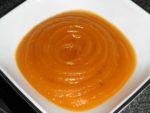
One of the things I love most about autumn is the beauty of the leaves. The food is a close second! Here are some of my favorites:
- Butternut Squash Bisque: The tastiest way to get vitamin A! A wonderful soup for the fall or winter. Allergen friendly with a dairy free option.
- Hot Mulled Apple Drink: a favorite at our annual pumpkin carving party. It’s the perfect drink for a crisp autumn day.
- Pumpkin Seeds: several variations on this classic snack.
- Roasted Green Beans: So easy to get green beans this time of year. Yum yum yum!
Cheryl Harris, MPH, RD is a Registered Dietitian Nutritionist and Certified Wellcoach in Fairfax VA. She helps people with a range of dietary issues, including Celiac Disease, GI issues, food allergies, pregnancy, breastfeeding, vegetarian and vegan diets, preventing diseases and “whole foods” eating. Let’s get you on your way to achieving your goals and feeling great! Email or call 571-271-8742.

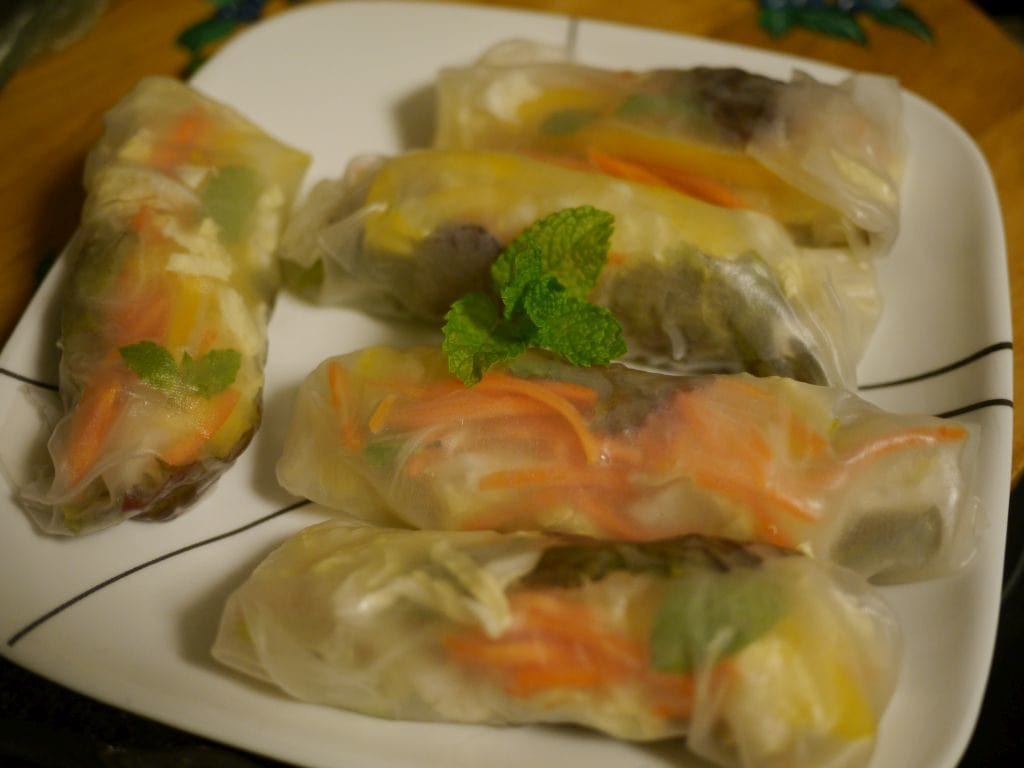 Summertime recipe, hydration & office change.
Summertime recipe, hydration & office change.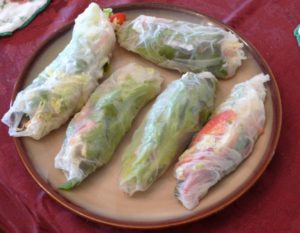
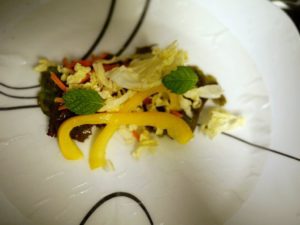
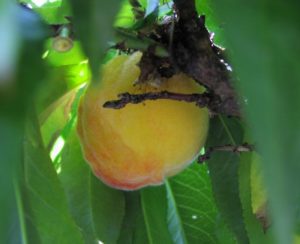
 As of Sept 1st, 2017, I’ll be only seeing clients in my Fairfax office, 9675 A Main Street.
As of Sept 1st, 2017, I’ll be only seeing clients in my Fairfax office, 9675 A Main Street.
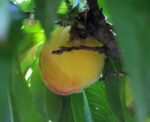
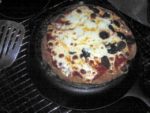
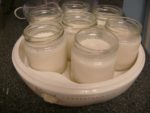
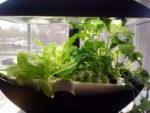
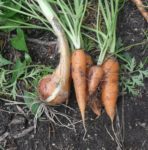 For many people, getting in more veggies is a big plus for good health. If it’s been a struggle, you may want to dress up your options, and/or
For many people, getting in more veggies is a big plus for good health. If it’s been a struggle, you may want to dress up your options, and/or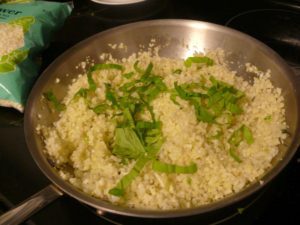
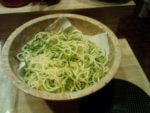
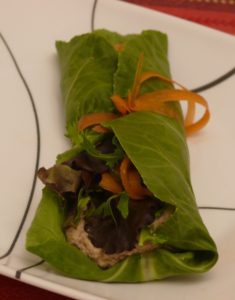
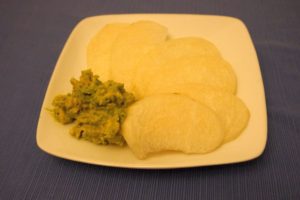
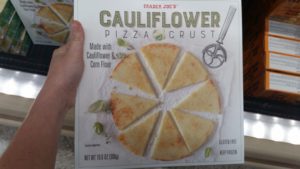
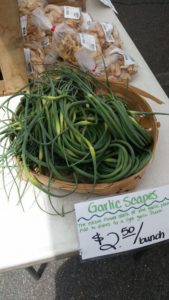 Heard about low FODMAP and wondering if it makes sense for you? A low FODMAP diet is a specific elimination diet designed to help with tummy troubles–gas, bloating, pain, diarrhea and constipation. There’s a growing amount of research supporting it for people with tummy troubles of all sorts, especially IBS or IBD (Crohn’s, Ulcerative Colitis) and SIBO (Small Intestinal Bacterial Overgrowth).
Heard about low FODMAP and wondering if it makes sense for you? A low FODMAP diet is a specific elimination diet designed to help with tummy troubles–gas, bloating, pain, diarrhea and constipation. There’s a growing amount of research supporting it for people with tummy troubles of all sorts, especially IBS or IBD (Crohn’s, Ulcerative Colitis) and SIBO (Small Intestinal Bacterial Overgrowth). 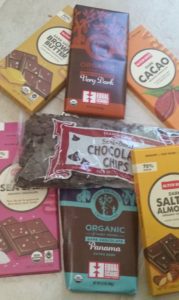
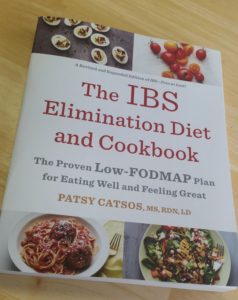
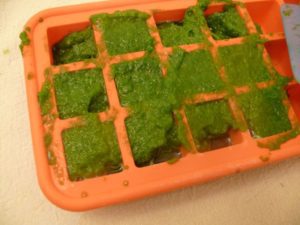 spring onions with the greens on them. The green shoots seem to be FODMAP friendly, the same way that chives and scallion greens are. You can get a bunch, puree the greens (not the white part!) and freeze them in an ice cube tray. Then, when you need a little of that flavor, pop a cube in whatever you’re making.
spring onions with the greens on them. The green shoots seem to be FODMAP friendly, the same way that chives and scallion greens are. You can get a bunch, puree the greens (not the white part!) and freeze them in an ice cube tray. Then, when you need a little of that flavor, pop a cube in whatever you’re making.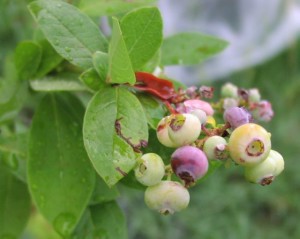 Happy Celiac Disease Awareness month! There’s been a lot of research in the gluten-free world lately, and so here’s an update.
Happy Celiac Disease Awareness month! There’s been a lot of research in the gluten-free world lately, and so here’s an update.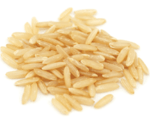
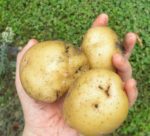

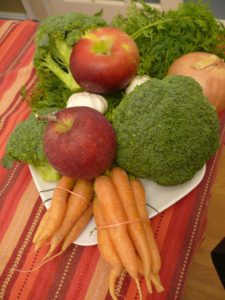
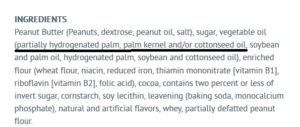 mints and Tagalongs. Due to evidence of effect on
mints and Tagalongs. Due to evidence of effect on 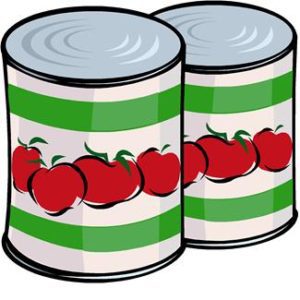 showing that
showing that 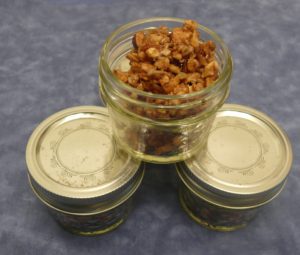
 ch is just across the parking lot from my Fairfax office. As some of you know, I’ve been practicing and teaching on mindfulness for over a dozen years. We’ll be talking about practical tips to incorporate mindful eating into your life. Sign up here:
ch is just across the parking lot from my Fairfax office. As some of you know, I’ve been practicing and teaching on mindfulness for over a dozen years. We’ll be talking about practical tips to incorporate mindful eating into your life. Sign up here: 